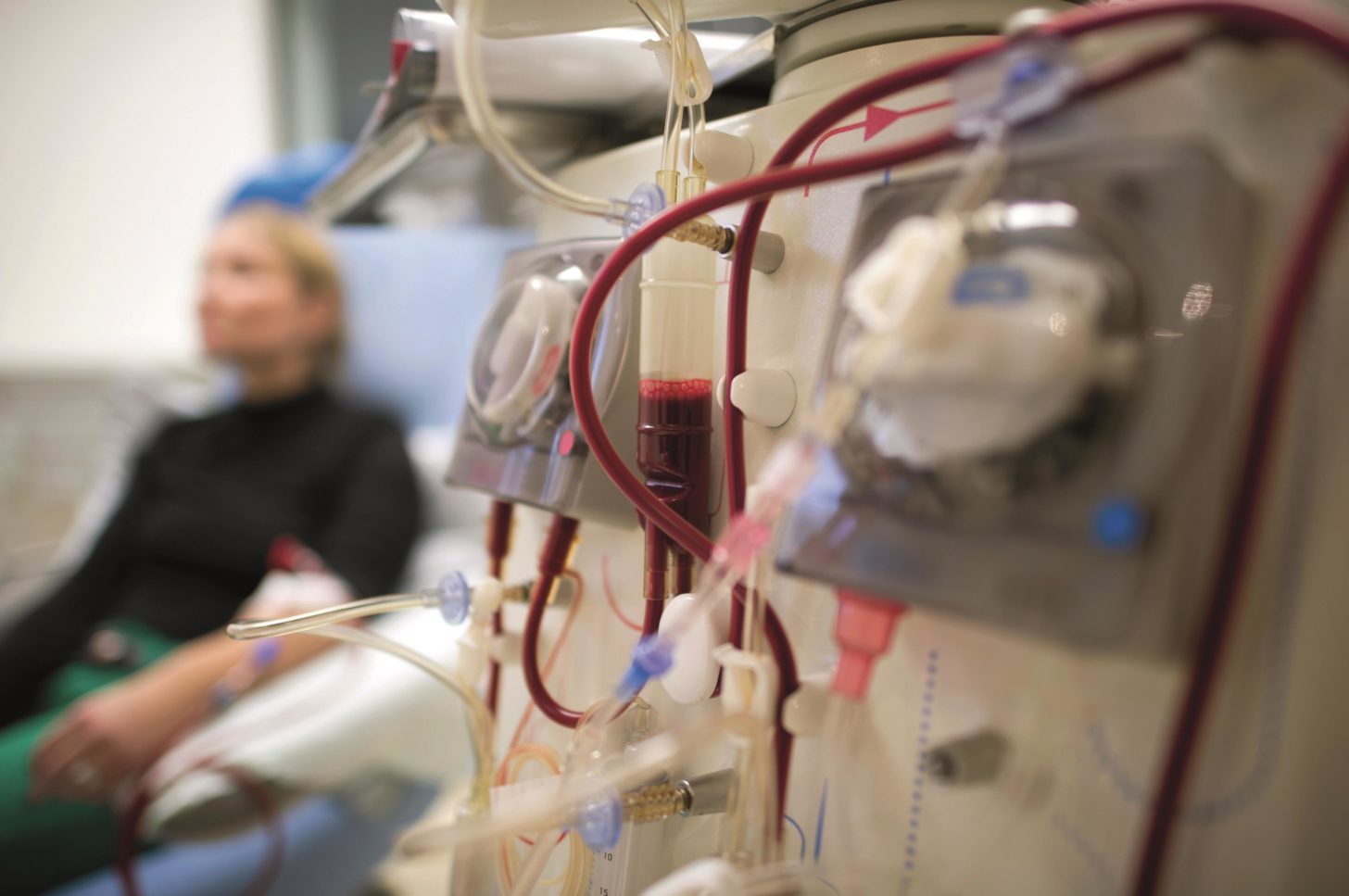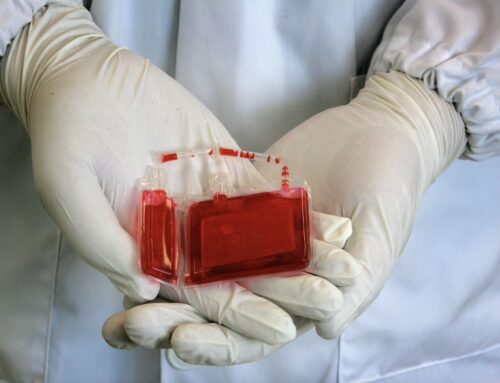What Is Dialysis?
Dialysis is a medical treatment used by healthcare providers to perform the functions of the kidneys when the kidneys are no longer able to do so adequately. The kidneys play a crucial role in filtering waste products and excess fluid from the blood to form urine. When the kidneys fail, waste products and fluids can build up in the body, leading to serious complications.
Dialysis helps to remove waste products, excess fluids, and toxins from the blood, as well as to maintain the proper balance of electrolytes (such as sodium, potassium, and calcium) in the body. There are two main types of dialysis:
- Hemodialysis: This type of dialysis uses a machine called a dialyzer to filter the blood. During hemodialysis, the blood is pumped out of the body, through the dialyzer, and then back into the body. The dialyzer acts as an artificial kidney, removing waste products and excess fluid from the blood.
- Peritoneal dialysis: In peritoneal dialysis, a special fluid called dialysate is introduced into the abdominal cavity through a catheter. The peritoneum, a membrane that lines the abdominal cavity, acts as a filter. Waste products and excess fluid pass from the blood vessels in the peritoneum into the dialysate fluid, which is then drained from the body.
Dialysis is typically used as a temporary treatment for acute kidney failure or as a long-term treatment for chronic kidney disease. In some cases, dialysis may be used while waiting for a kidney transplant. Dialysis treatment is usually performed in a hospital or dialysis center, although some forms of peritoneal dialysis can be done at home.
What are the health risks of dialysis?
Dialysis is a life-saving treatment for individuals with kidney failure, but like any medical procedure, it can have potential health risks. Some of the common risks associated with dialysis include:
- Infections: There is a risk of developing infections, particularly at the site where the dialysis access is inserted. This can lead to conditions like peritonitis (inflammation of the membrane lining the abdominal wall and covering the abdominal organs) in peritoneal dialysis or bloodstream infections in hemodialysis.
- Low blood pressure: During hemodialysis, rapid removal of fluid and waste products can sometimes lead to a drop in blood pressure, causing dizziness, nausea, or vomiting.
- Muscle cramps: Changes in electrolyte levels during dialysis can lead to muscle cramps, which can be uncomfortable.
- Itching: Buildup of waste products in the blood can cause itching, a condition known as uremic pruritus.
- Fluid overload: If too much fluid is removed during dialysis, it can lead to dehydration. On the other hand, if too little fluid is removed, it can cause fluid overload and lead to swelling, high blood pressure, and heart problems.
- Heart problems: Over time, dialysis can put a strain on the heart, leading to an increased risk of heart disease and other cardiovascular issues.
- Bone disease: Dialysis can disrupt the balance of minerals in the body, leading to bone disease and an increased risk of fractures.
- Amyloidosis: In some cases, dialysis can lead to the buildup of a protein called amyloid in the blood, which can deposit in tissues and organs, causing damage.
It’s important for individuals undergoing dialysis to be closely monitored by healthcare providers to manage these risks and ensure the best possible outcomes.
What are the health benefits of dialysis?
Dialysis is a crucial medical treatment for individuals with kidney failure, also known as end-stage renal disease (ESRD). While it is primarily a life-sustaining therapy rather than a direct source of health benefits, dialysis provides several important advantages for those with ESRD:
- Removal of waste products: Dialysis helps remove waste products, excess fluids, and toxins from the blood that the kidneys can no longer filter out effectively. This helps maintain a more balanced internal environment in the body.
- Fluid balance: By removing excess fluids, dialysis helps manage fluid balance in the body, which is essential for controlling blood pressure and preventing complications like fluid overload and edema (swelling).
- Electrolyte balance: Dialysis helps maintain the proper balance of electrolytes (such as sodium, potassium, and calcium) in the blood, which is essential for nerve and muscle function, as well as other important bodily processes.
- Acid-base balance: Dialysis helps regulate the body’s acid-base balance, which is important for maintaining pH levels within the normal range and supporting overall metabolic function.
- Blood pressure control: Dialysis can help control blood pressure by removing excess fluid and regulating electrolyte levels, which is important for reducing the risk of cardiovascular complications.
- Symptom relief: Dialysis can help alleviate symptoms associated with kidney failure, such as fatigue, nausea, itching, and shortness of breath, improving overall quality of life.
- Nutritional support: Dialysis can help support nutritional health by removing waste products and excess fluids that can interfere with appetite and nutrient absorption.
- Improved survival: While dialysis is not a cure for kidney failure, it can significantly prolong and improve the quality of life for individuals with ESRD, providing them with the opportunity to live longer and more fulfilling lives.
Overall, dialysis plays a critical role in managing the health and well-being of individuals with kidney failure, helping them maintain a more stable and functional state despite the loss of kidney function.




